vessel sink - where's the overflow?
neesie
15 years ago
Featured Answer
Sort by:Oldest
Comments (9)
pepperidge_farm
15 years agomileaday None
15 years agoRelated Professionals
Terryville Kitchen & Bathroom Designers · Allouez Kitchen & Bathroom Remodelers · Andover Kitchen & Bathroom Remodelers · Auburn Kitchen & Bathroom Remodelers · Los Alamitos Kitchen & Bathroom Remodelers · Oceanside Kitchen & Bathroom Remodelers · Santa Fe Kitchen & Bathroom Remodelers · Princeton Kitchen & Bathroom Remodelers · Palm Beach Gardens Glass & Shower Door Dealers · Springville Glass & Shower Door Dealers · Hammond Cabinets & Cabinetry · Watauga Cabinets & Cabinetry · White Oak Cabinets & Cabinetry · Whitehall Cabinets & Cabinetry · Mount Sinai Window Treatmentsmosaic_king
15 years agoneesie
15 years agostu2900
15 years agoneesie
15 years agomileaday None
15 years agoigloochic
15 years ago
Related Stories
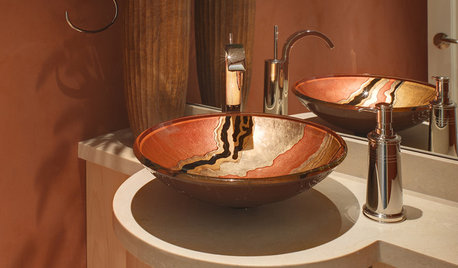
BATHROOM DESIGNVessel Sinks: Elegant Updates on a Classic Form
14 Ways Wash Basins Add Glamour to Bath and Powder Rooms
Full Story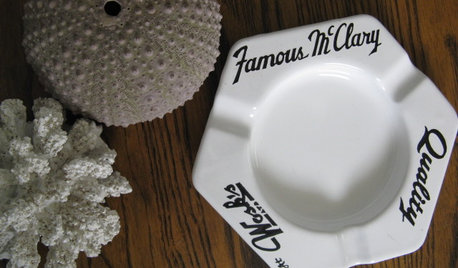
DECORATING GUIDESCreative Collector: Vintage Vessels
Great vintage vases and bottles can turn up in unlikely places. Here's where to find them and how best to display them back home
Full Story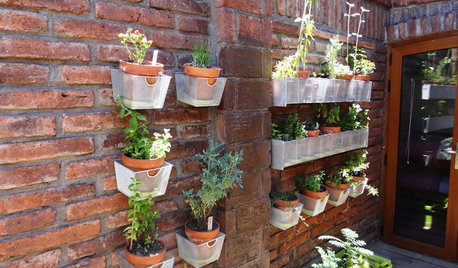
EDIBLE GARDENSHouzz Call: Where Are the Craziest Places You Grow Edibles?
Basil in a bathtub, spinach stacked up a wall ... If your edibles occupy an odd spot, we’d like to know
Full Story
THE HARDWORKING HOMEWhere to Put the Laundry Room
The Hardworking Home: We weigh the pros and cons of washing your clothes in the basement, kitchen, bathroom and more
Full Story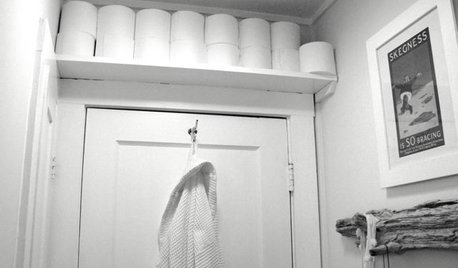
BATHROOM DESIGNBathroom Storage: Where to Keep the TP?
The Houzz community steps in with 19 tidy toilet paper storage solutions
Full Story
DECORATING GUIDESWhere to Embrace Custom Furnishings in Your Home
Upholstery, draperies, rugs and mirrors are a few of the items for which it makes sense to consider a custom option
Full Story
DECORATING GUIDESFor Your Next Sink, Think Unique
Any kind of vessel can do the trick — from buckets to barrels, outsized shells to old-fashioned washers
Full Story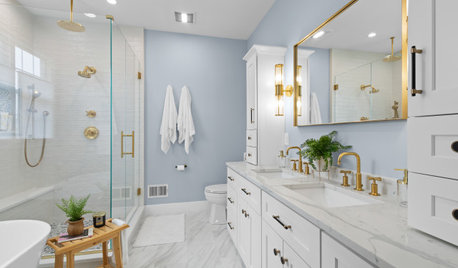
BATHROOM DESIGNHow to Choose the Right Bathroom Sink
Learn the differences among eight styles of bathroom sinks, and find the perfect one for your space
Full Story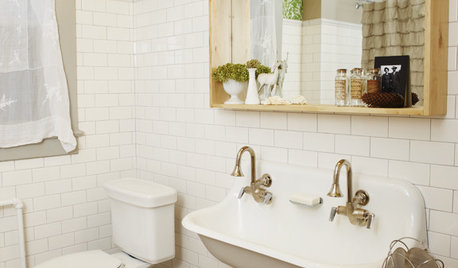
BATHROOM DESIGNSmall-Bathroom Secret: Free Up Space With a Wall-Mounted Sink
Make a tiny bath or powder room feel more spacious by swapping a clunky vanity for a pared-down basin off the floor
Full Story
KITCHEN DESIGNKitchen Sinks: Antibacterial Copper Gives Kitchens a Gleam
If you want a classic sink material that rejects bacteria, babies your dishes and develops a patina, copper is for you
Full Story







flyinghigh